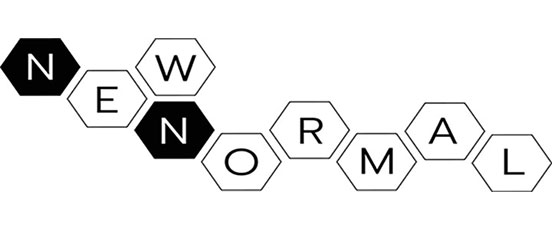How a global health crisis has changed nursing.
It’s hard to believe we’ve been dealing with the COVID-19 pandemic for more than 18 months. Nursing practice and nursing education quickly evolved, confronting the challenges to meet the needs of patients, families, students, staff, and faculty. I know we’re still experiencing a great deal of uncertainty marked by anxiety and fear about the unknown, but vaccines and treatments, such as monoclonal antibodies, are creating a sense of hope for normalcy in the not-too-distant future.
Considering the changes already made, how will that future impact nursing? How many of those changes should become permanent? To find out, American Nurse Journal convened a virtual roundtable of nursing leaders. The article based on the results of those discussions (Looking beyond the pandemic: a virtual roundtable) launches a series that will examine nursing beyond the pandemic from a variety of perspectives. Upcoming topics include staff retention, faculty shortages, and care delivery systems. You’ll also hear more from the nurse leaders in the journal and at myamericannurse.com.


The reflections of the roundtable participants are too numerous to fully explore here, but I agreed with every recommendation and comment made by the panel. Here’s a sampling:
The pandemic exposed the lack of disaster preparedness across all care settings. Regular and consistent education and training should be implemented, along with tools and resources that can be at the ready when needed. I’m talking about intensive approaches, such as tabletop exercises, not annual overviews or e-courses. Disasters come in many forms and can happen quickly. Hurricanes, wildfires, pandemics, plane crashes, and car wrecks can be thrust upon the healthcare system with lightning speed. We need to be better prepared at all levels—organizational, local, state, and national.
Nursing visibility in the media improved during the pandemic. Nursing’s essential role was featured as a story on many media outlets. This attention needs to continue, informing the public with credible facts and messages delivered by nurses. As an urgent issue arises, nurses trained in speaking with the media should be available.
Strengthening nursing workplaces should be an immediate priority. Staffing shortages, personal and protective equipment shortages, miscommunication via social media, and high stress levels flourished during the early days of the pandemic. Nurses expect a safe workplace and should be involved in designing the practice environment of the future. The nursing frontline, closest to the work in every care setting, is best suited to ensure a workplace is designed for safety.
The pandemic fueled innovations and adaptions. Learning about nurse innovations, sharing best practices, and building new models of care should be prioritized. In addition, stronger interprofessional relationships and collaboration that developed during the pandemic should be recognized and encouraged to thrive.
The American Nurse Journal editorial staff is excited to launch the Beyond the Pandemic series. Give us your feedback and tell us how you and your organization are looking forward.


Lillee Gelinas, DNP, RN, CPPS, FAAN
Editor-in-Chief


















